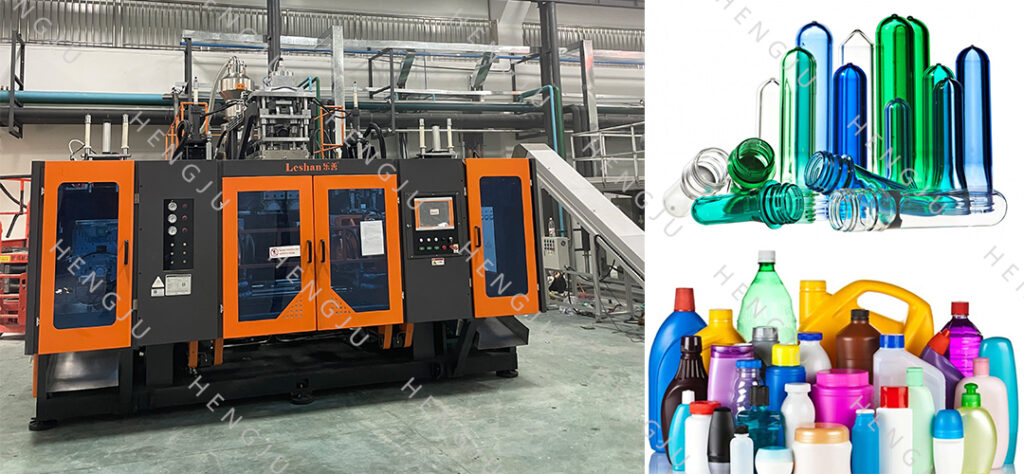Central Conveying system:
Accurate material dosing for efficient production! Revolutionize the challenges of blow molding material dosing and enhance your competitiveness!
In the blow molding industry, the supply and accuracy of material dosing play a crucial role in product quality and production efficiency. Traditional methods of material supply suffer from issues such as high labor input and lack of flexibility.
The central conveying system offers significant advantages for blow molding production lines, including efficient and precise material supply and dosing control.

1.Improving production efficiency:
The application of the centralized feeding system centralizes and automates material supply, reducing the need for manual handling. Materials can be directly supplied to each blow molding production line through a pipeline system, eliminating the frequent changing of material containers or manual addition of materials. This not only saves labor but also reduces operation time, thereby improving production efficiency.
2.Accurate dosing control:
Precise material proportioning plays a decisive role in blow molding processes. The central conveying system can accurately control the supply and proportion of materials according to the needs of each production line. Advanced weighing and measuring equipment allows real-time monitoring and adjustment of material supply, ensuring consistency in material dosing for each product batch. This reduces product variability and defect rates, enhancing the stability and consistency of product quality.
3.Minimizing material waste:
Traditional material supply methods may result in material waste due to improper operation or blockage of material containers, leading to overflow and surplus. Centralized feeding system minimizes such waste through precise control and monitoring. The system provides the exact amount of materials required, avoiding excessive supply and overflow, thus reducing material waste and cost.
4.Enhancing workplace safety:
The application of the centralized feeding system reduces the need for manual handling of materials, thereby reducing safety risks associated with handling operations. It reduces workers’ exposure to and handling of materials, effectively lowering the risks of injuries caused by mishandling or accidents. Additionally, the central feeding system allows centralized management and monitoring of the material supply process, enabling the timely detection and handling of potential safety hazards, thus enhancing workplace safety.
The application of a central feeding system provides significant advantages for the blow molding industry. By improving production efficiency, ensuring accurate dosing control, reducing material waste, and enhancing workplace safety, the central feeding system offers blow molding companies a more efficient, stable, and reliable solution for material supply and dosing control. Implementing a central feeding system allows blow molding companies to enhance product quality, reduce production costs, improve competitiveness, and achieve sustainable development.


